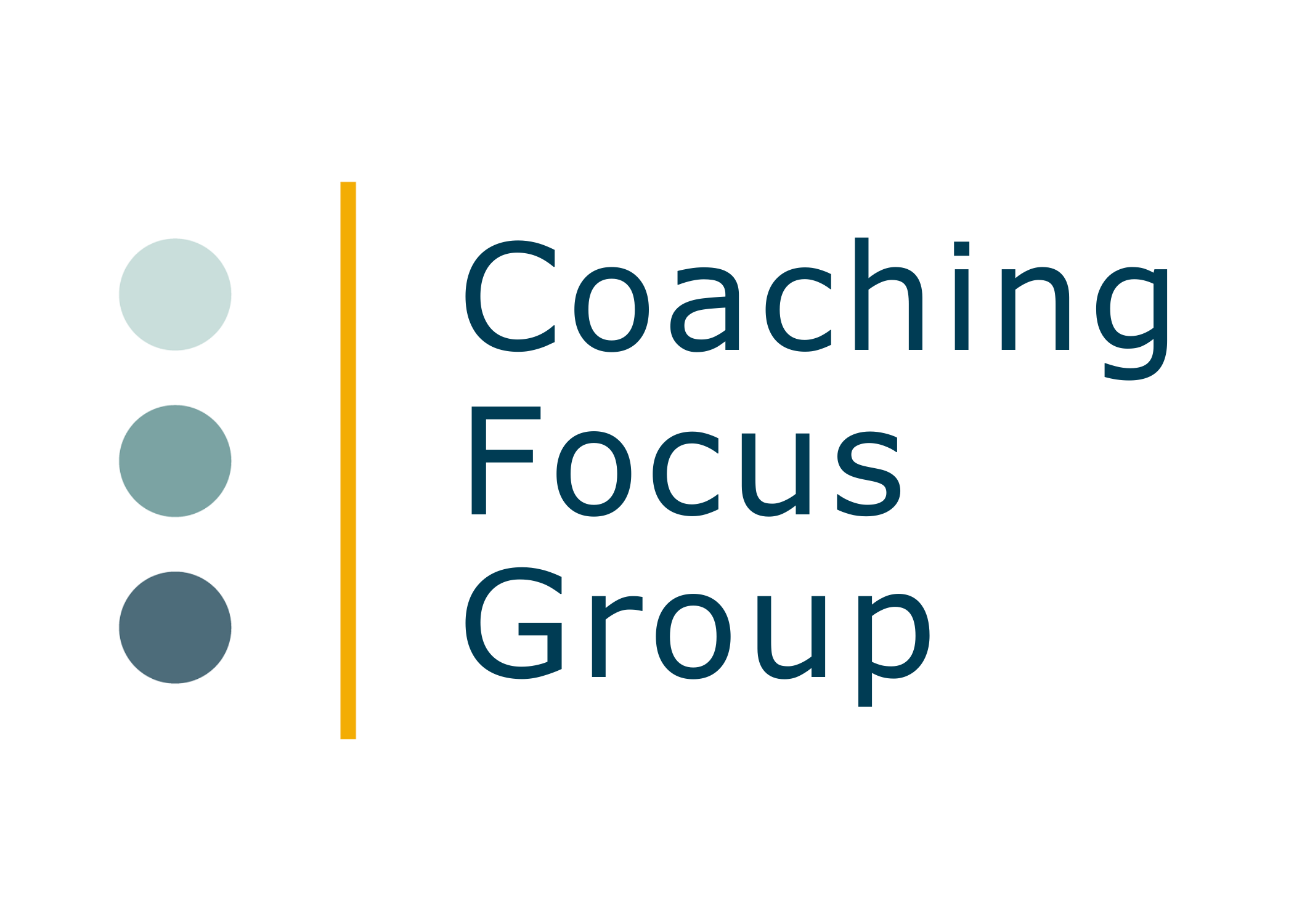By Coaching | Oct 11, 2021
Check out any number of executive coaching consultancy websites and you will find dozens of reasons listed as to why senior leaders should use an executive coach. Individual coaching for people at the boardroom or C-suite level is sold with the proposition that executive coaching can help senior leaders to be much more effective in their roles. Although it is hard to quantify, usually because of a lack of evaluation which is often qualitative and subjective, nevertheless executive coaching has a high reputation for achieving desired results.
An abbreviated list of how an executive coach can add real value in a leadership coaching role might include:
- Improving a leader’s confidence, especially as many senior leaders have the impostor experience when they are promoted to higher roles
- Helping leaders learn how to trust others, let go of day-to-day management issues and become more strategic (take the helicopter view)
- Enabling leaders to gain laser clarity on specific strategic goals and have clear success measures in place to evaluate the success
- Keeping leaders accountable for their actions and help them keep to their commitments
- Challenging leaders to reach for stretch targets, breaking through limiting beliefs, and finding new areas for growth and development
- Developing the leader’s capacity for success, capitalizing on achievements they make, and encouraging them to build further on their successes
- Helping the leader to develop a positive growth mindset, focussing on learning and achievement and with a future orientation
These seven reasons in themselves are strong grounds to consider employing an executive coach for people at the boardroom or C-suite level. In particular, in times of transition, promotion, or stress, executive coaching can help senior leaders make better choices, develop resilience, be a more effective role model for staff and perform better overall.
One might ask whether it needs to be an external executive coach who takes the role of coach for people at the boardroom or C-suite level? Many organizations have trained internal coaches very successfully to say ILM Level 5 and these internal coaches can perform an excellent job in line management and general staff coaching assignments. However, there is a critical distinction between an internal coach and an external executive coach which is coach authority and impact. An executive coach will bring a unique combination of skills to the role which are underpinned by years of developing their authority and impact as a coach and which ultimately create the ground for a successful coaching relationship between client and coach. The capabilities of an effective executive coach may be summarised using John Heron’s model that provides a framework of how a coach delivers value to their client. In Heron’s model, there are two basic styles – Authoritative and Facilitative – and each style has three intervention types.
Using the Authoritative Style, the coach asserts a more directive style that is challenging and uses a positive and constructive intervention approach to ‘confront’ the coachee. Rarely, the Authoritative style might also include an ‘informative’ intervention which could include giving additional information or feedback and - very rarely – a ‘prescriptive’ intervention which might take the form of direct advice. These are ‘push’ interventions. Whilst most coaches would eschew prescriptive and informative interventions, a powerful client/coach collaboration must allow space for the authority of the coach to be present in the relationship in order to maximize their impact and value.
The Facilitative Style is wholly client-centered and is non-directive, using primarily ‘pull’ interventions. These include ‘cathartic’ interventions which help the client express difficult or unsaid emotions, ‘catalytic’ interventions which raise awareness and generate self-direction learning, and finally ‘supportive’ interventions which are aimed at building confidence, self-esteem, and acknowledgment of personal success.
John Heron’s Six Categories of Intervention.png?width=1920&name=MicrosoftTeams-image%20(12).png)
As well as a high degree of competence in flexing these capabilities to serve the client’s agenda, the external executive coach brings a systemic view of the client system, which they, the coach, remain outside of. This capacity to hold a systemic outlook for the client is a critical success factor when the coaching assignment is high level and another reason why senior leaders choose to use external coaches.
It goes without saying that the executive coaching bottom line is simply ‘does it add real value to the organization?’ and some form of evaluation for every assignment should be in place at the start to measure success. It is clear however that a skilled executive coach will add real value for the client. They create a unique and powerful learning space for people at the boardroom or C-suite level to become more aware, more capable, more courageous, more resilient, and more effective as a leader, and to seek ongoing excellence in performing their role.
